
Lesser stag beetle
The lesser stag beetle may be smaller than its famous cousin, but it is still a large beetle with large jaws. It can be seen in woods, parks and hedgerows during summer, and depends on dead wood.
Want to learn more about wildlife near you? You're in the right place, search below and discover the nature you can help protect in Kent.

The lesser stag beetle may be smaller than its famous cousin, but it is still a large beetle with large jaws. It can be seen in woods, parks and hedgerows during summer, and depends on dead wood.
Look for the pretty, star-shaped, white flowers of Lesser stitchwort in woodlands and meadows, and along hedgerows and roadside verges in spring. Its flowers are smaller than those of Greater stitchwort.
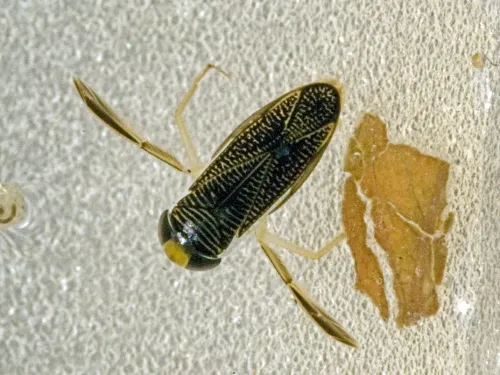
Similar to the Common backswimmer, the Lesser water boatman has oar-like legs to help it swim, but it does not swim upside-down. It is herbivorous and can be found at the surface of ponds, lakes and ditches.
Look out for the white, umbrella-like flower heads of lesser water-parsnip along the shallow margins of ditches, ponds, lakes and rivers. When crushed, it does, indeed, smell like parsnip!
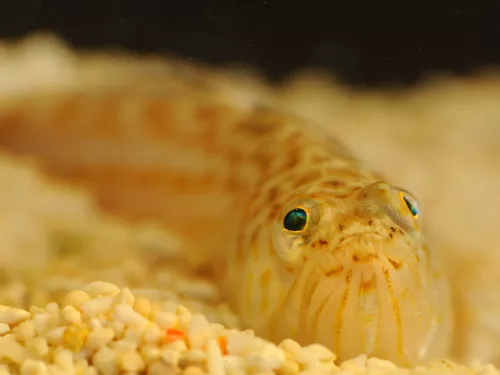
One of the only venomous fish to be found in British waters, the lesser weever fish is certainly one to watch out for!
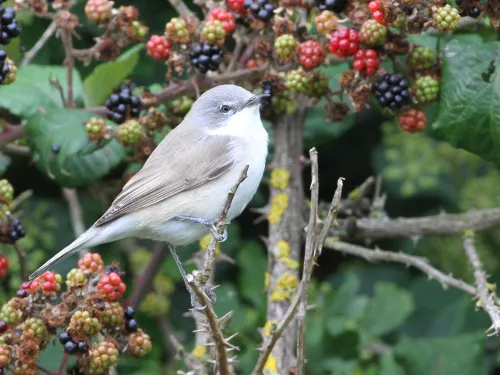
The lesser whitethroat is smaller than its cousin, the whitethroat, and sports dark cheek feathers that give it a 'mask'. Most likely to be heard around woodland and scrub, rather than seen.
The Leyland cypress, or 'Leylandii', is a notorious tree that has been widely planted for its fast-growing nature. It easily can get out of control, shading gardens at the expense of native plants.
The lightbulb sea squirt is common around much of the UK. Its easy to see where its name came from!
Lilac is an introduced species in the UK that can sometimes be found in hedgerows and along woodland edges. Flower spikes appear in spring, beautifully scented and packed with small, lilac-pink blooms.
A beautifully scented plant, the arching stems and bell-shaped flowers of Lily-of-the-valley can be seen in many woodlands. Despite its delicate appearance, this plant is highly toxic.
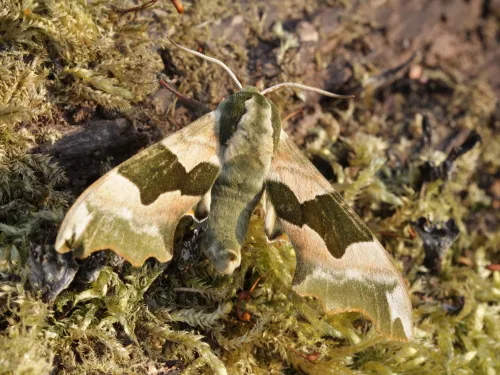
The lime hawk-moth is a large, night-flying moth that can be seen from May to July in gardens, parks and woods. It is buff-coloured, with green patches on its scalloped-edged wings.
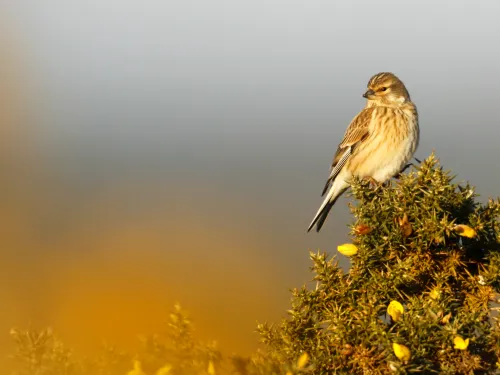
The linnet can be seen on farmland and heathland across the UK. But, like so many other farmland birds, linnets are declining rapidly, mainly due to agricultural intensification.